order
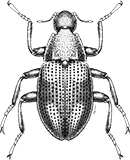
Coleoptera
“Adult Beetles”

Coleoptera
“Larval Beetles”

Diptera
“True Flies”

Ephemeroptera
“Mayflies”

Hemiptera
“True Bugs”

Lepidoptera
“Aquatic Caterpillars, Snout Moths”

Megaloptera
“Alderflies, Dobsonflies, and Fishflies”
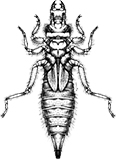
Odonata
“Dragonflies and Damselflies”

Plecoptera
“Stoneflies”

Trichoptera
“Caddisflies”
family
Ceratopogonidae
genus
Probezzia
“Biting Midges”
Genus Overview
This widespread genus of biting midges includes 24 North American species. It is found in lakes near sandy shores, among rooted plants, and swimming in open water.
Characteristics
POLLUTION TOLERANCE
Mid-Atlantic: 6 and higher
0 = least tolerant, 10 = most tolerant
FEEDING HABITS
Engulfer / Predator
MOVEMENT
Burrower
Planktonic
Swimmer
Planktonic
Swimmer
DISTRIBUTION
Widespread (east of the Rocky Mtns.)
HABITAT
Lentic-limnetic
Lentic-littoral
Lentic-littoral
Diagnostic Characters
order
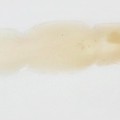
Legs Absent
family
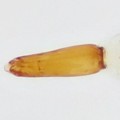
Head Complete and Exposed
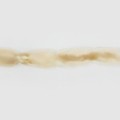
With Or Without Prolegs
+ Expanded Character List
Order:
Wings and wing pads absent. Eye spots sometimes visible, but compound eyes absent. Segmented legs absent, but sometimes fleshy prolegs present. Sometimes with distinct head, often without head or with head drawn deeply into thorax. Body flattened, cylindrical, or maggot-like.
Family:
Mandibles move against each other along a horizontal or oblique plane. Head complete and fully exposed. Spiracles absent (apneustic). Thoracic segments individually distinguishable. Thorax and abdomen similar in diameter or abdomen wider. If prothorax without prolegs, body usually smooth, shiny, and cream-colored, usually without any surface features except few setae, especially posteriorly, and sometimes single retractile anal proleg bearing few hooks. If prothorax with pair of ventral prolegs, then prothoracic and anal prolegs usually paired (even if divison slight and only at apex) and distinct dorsal fleshy projections and/or setae along body. Mature larvae approximately 2–15 mm long.
Genus:
Larva long, slender, shiny, almost featureless. Head capsule sclerotized, more than 1.8–2.0 times as long as wide, and conspicuously constricted anteriorly. Sclerotized posterior collar of head with half-circle expansion. Dorsal tubercles and setae absent. Setae of last abdominal segment (anal division) about 1/3 length of segment. Anal proleg absent.

Ventral



